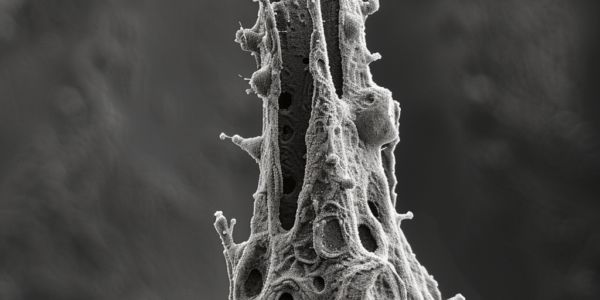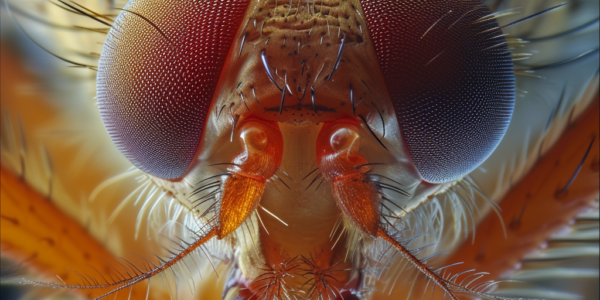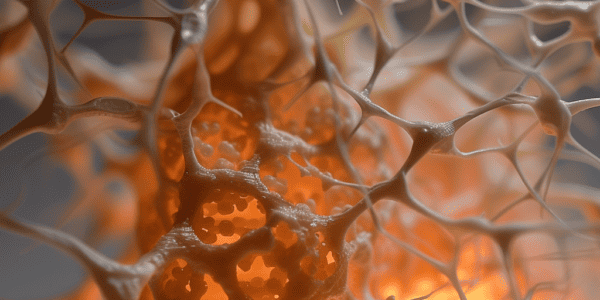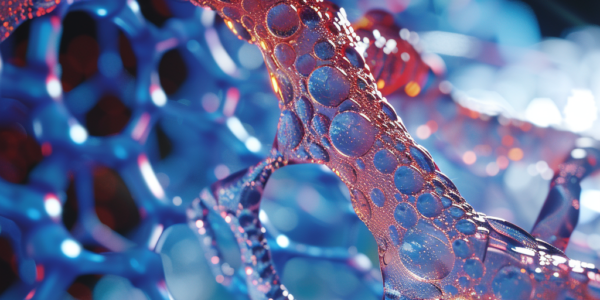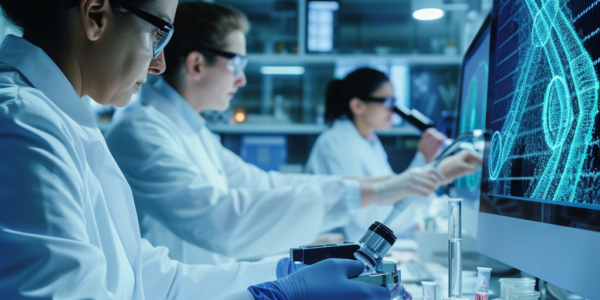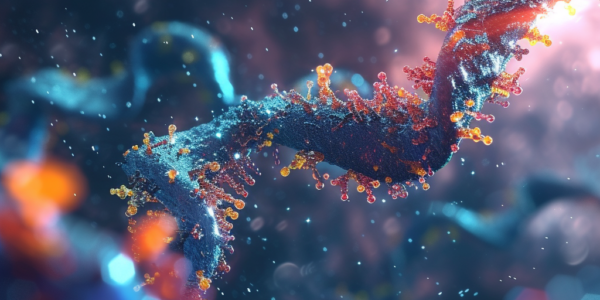Stanford Scientists Discover New Biological Entities in Human Microbiome
Stanford scientists have discovered a new class of biological entities within the human microbiome called ‘Obelisks,’ which are a unique cross between viruses and viroids. With almost 30,000 different types found in microbiome samples from over 400 individuals, Obelisks are a widespread and completely new entity in the realm of microbiology. Their potential effects on human health and their role within the body are still unknown, sparking significant interest and further research in the field of microbiology.
Remarkable Fossilized Frog Unearthed in China, Shedding Light on Ancient Reproductive Behavior
A remarkable fossilized frog, Gansubatrachus qilianensis, dating back 100 million years has been unearthed in northwest China, shedding light on its reproductive behavior during the Cretaceous period. This discovery challenges previous assumptions about the reproductive capabilities of ancient frogs and toads, offering a unique glimpse into their evolutionary history. Lead author Baoxia Du emphasized the significance of understanding the reproductive strategies employed by early frogs, highlighting its importance in unraveling their complete reproductive history.
The Evolution of Chemosensory Tissues in Drosophilids
Discover the latest study on the evolution of chemosensory tissues and cells in Drosophila species published in Nature Communications. The research delves into the variability of chemosensory tissues among different species and the underlying genetic and cellular mechanisms, providing new insights into understanding evolutionary changes in chemosensory tissues at both global and individual gene levels.
Scientists Develop World’s First 3D-Printed Brain Tissue with Potential to Revolutionize Neuroscience and Brain Disorder Treatments
Scientists in Wisconsin, USA, have achieved a groundbreaking feat in the field of neuroscience by developing the world’s first 3D-printed brain tissue that mimics the functionality of natural brain tissue. This development is a significant stride towards the advancement of treatments for neurological and neurodevelopmental disorders such as Alzheimer’s and Parkinson’s disease. The innovative approach employed by the scientists involved the use of a 3D printer that departed from the conventional method of stacking layers vertically. Instead, they utilized a horizontal layering technique and placed brain cells, specifically neurons derived from induced pluripotent stem cells, in a softer ‘bio-ink’ gel compared to previous attempts. According to Su-Chun Zhang, a professor of neuroscience and neurology at UW–Madison’s Waisman Center, the 3D-printed brain tissue provides a powerful model for understanding human brain cell communication. This breakthrough has the potential to revolutionize stem cell biology, neuroscience, and the understanding of various neurological and psychiatric disorders.
Spider Webs as Traps for Environmental DNA
Spider webs, often associated with catching flies, have been found to be a useful trap for environmental DNA, offering a potential breakthrough for environmental scientists. The discovery that spider webs can capture fragments of skin, hair cells, or body fluids…
Researchers Capture High-Resolution Images of Early Microtubule Formation in Human Cells
Researchers at the Center for Genomic Regulation (CRG) in Barcelona and the Spanish National Cancer Research Center (CNIO) in Madrid have achieved a groundbreaking feat by capturing the world’s first high-resolution images of the earliest moments of microtubule formation inside…
Born in Guangzhou Cohort Study: Significant Genetic Discoveries Impact Understanding of Genetics and Environment on Human Health
The Born in Guangzhou Cohort Study has led to significant genetic discoveries that could impact the understanding of genetics and environment on human health. The study, which focuses on large-scale, prospective birth cohorts, is a crucial strategy for understanding the…
Revolutionizing Biomaterials with De Novo Designed Protein Hydrogels
A recent research article published in the Proceedings of the National Academy of Sciences presents groundbreaking findings in the field of biophysics and computational biology. The study, titled ‘De novo design of modular protein hydrogels with programmable intra- and extracellular…
Groundbreaking Discovery in Understanding Neurodegenerative Disease Origins through Ancient Human DNA Analysis
Scientists have made a groundbreaking discovery in understanding the origins of neurodegenerative diseases through the analysis of ancient human DNA. The research, led by a team of international experts, has resulted in the establishment of the world’s largest gene bank…
Stanford researchers uncover mechanism behind expedited transcription rates in growing cells
We have updated our Privacy Policy to provide a clearer understanding of how we utilize your personal data. Our use of cookies aims to enhance your experience. For more information, you can refer to our Cookie Policy. Similar to how…

